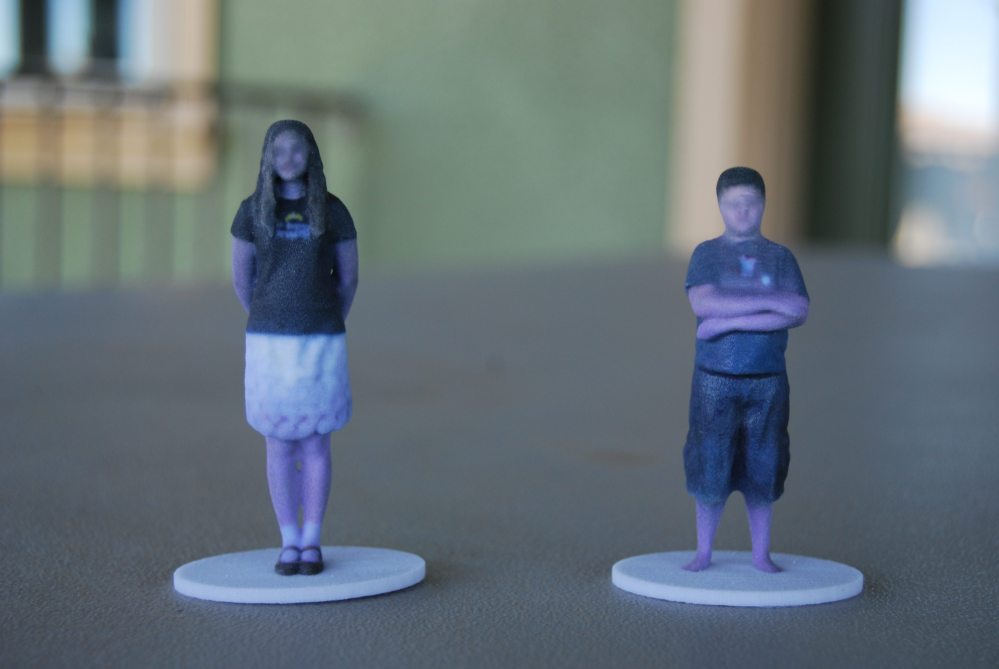
Whether you think making a small figure of your likeness is a cool way to apply technology or you just like looking at yourself, Shapify is one service that will help you create a small 1:20 scale figure. Some fancy schmancy scanning is all it takes to create a life-like small version of yourself, either by going to a Shapify scanning location (mostly in Europe) or by using a Kinect.
I recently got to try this out, but since I knew it would be much more fun for my kids to have figures of themselves than for me, we did figures of them. Note: For your kids to be able to do this, they need to be old enough to hold still and to hold the same position after rotating several times. For best results, do not attempt to apply this technology to active toddlers!

How easy was this to do? Much easier than I’d feared. Since we don’t live near a Shapify scanning location, we got to do it at home. I downloaded and installed the Shapify software on my laptop, along with Microsoft Kinect SDK. I plugged in the Kinect loaner and started scanning. The whole process was quite straightforward. You stand in the spot the program indicates, strike a pose, and hold still. The program verbally indicates when to rotate, 45 degrees at a time, until eight scans have been done. Then the program processes the scans, which takes 15 minutes or so. You don’t have to hold still for that part.
The software combines the images, removing background images and lining everything up. Then it uploads the data to the Shapify site and allows you to examine the image, rotating it in all dimensions, to get a look at how the final product will look.
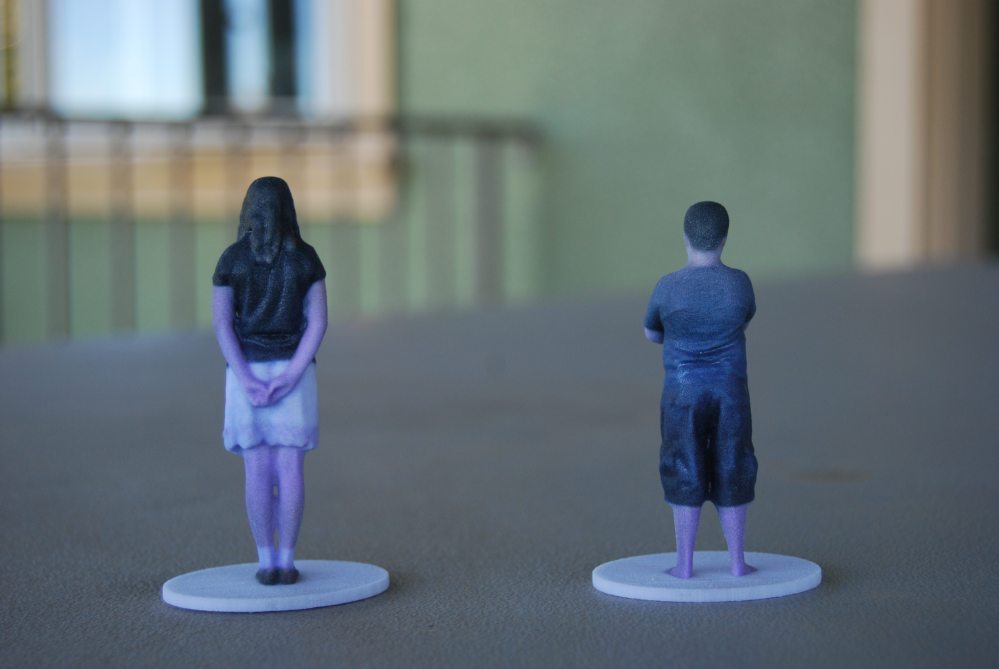
In our preview, the shape that was generated from the scans was very accurate. The coloring was less accurate, but that’s likely because of our non-perfect lighting conditions. I tested the program before having my kids be scanned, and it got my body pretty accurately, but my face was somewhat distorted.
Once you approve your scanned image, choose the details of your final product. You can choose to have it printed in plain white, or with color. The color version will look more realistic and bring all of the wardrobe details to light. You can also choose the shape of your base, choosing from round, oval, rectangular, or none (I don’t recommend choosing “none” if you want your figure to stand up well, unless you were scanned while sitting in a chair).
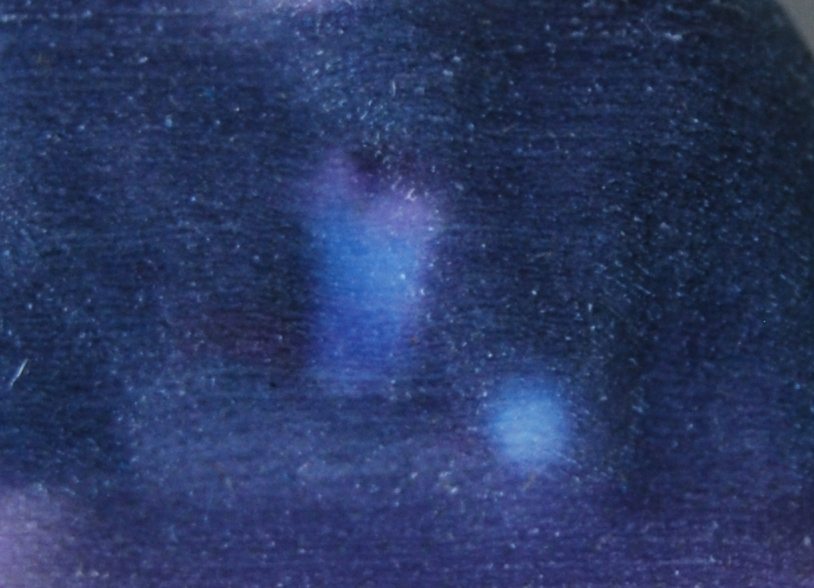
After placing our order, we received the figures in the mail after a time, direct from France. The figures were decently wrapped to keep them intact. I expected the figure surface to be smooth, but they were rough. 3D printed out of white and multicolored gypsum-based polymere (laser-sintered polyamide), they looked better than the preview images online, and there’s quite a bit more detail than you would think. My son’s Minecraft shirt and my daughter’s Self-Rescuing Princess shirt are very recognizable. (ThinkGeek is our friend.)
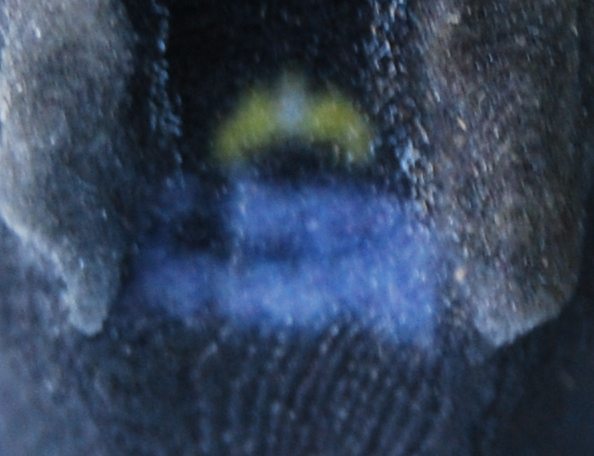
The lines of the details aren’t sharp, and everything is a little darker than I’d prefer (my daughter’s white skirt looks darker the farther you go down), but our lighting was standard natural and house lighting, not studio lighting. My advice is to scan in the best lighting situation possible, or go to one of the locations where they can scan you with ideal lighting.
Normally, I wouldn’t post photos of my kids on the internet. It’s something I consciously avoid. However, these figures, while detailed, also don’t quite exactly look like my kids, especially in their faces. So if you know my kids, you would likely think, “Hey, those figures look like your kids!” But with just the figures to go by, you wouldn’t likely recognize my kids in a crowd. Still, just in case, I’ve fuzzed out their faces a bit. To see other examples of Shapify figures, there are quite a number on the internet.
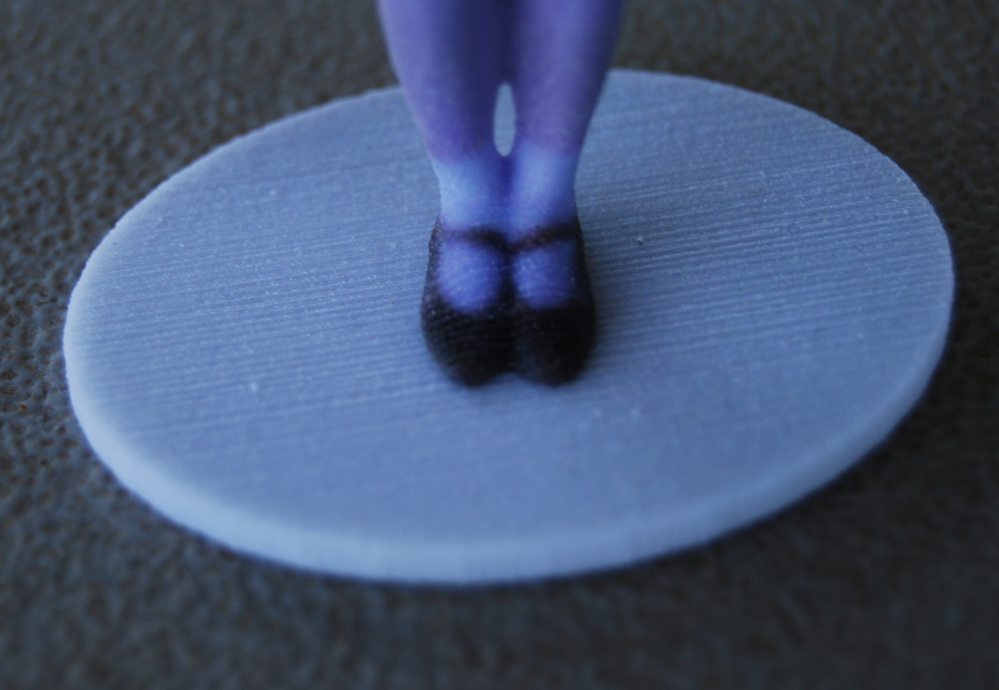
The “awesome” factor of having miniature versions of you is pretty darn high with these figures. Even though the color borders aren’t sharp, you are left with quite an accurate image of yourself that you can stand on your desk, put in a tableau with Star Wars action figures, use in your next D&D campaign, or reign down terror on tiny towns, Godzilla-style.
In the end, I think the facial representation needs a little more work when scanned in non-ideal lighting conditions, but this is a really fun gift idea for anyone who wants a Mini Me.
Using Shapify to create miniature versions of yourself will cost $79. Not pocket change, but a very small price to pay for having a life companion who will always agree with you. You could also create figures of your entire family, as a way of capturing this moment in your lives. Alternately, it would be a really interesting way to make wedding cake toppers!
(If you want to print large numbers of figures, check out their partner Pro options.)
Note: I received two figures for the purposes of this review.


